Lately, I’ve been getting a lot of questions about why I’m riding such a small head horse. I’ve found that if I ride a small, stout head horse with a lot of try, I’m better off. There’s no prototypical head-horse size anymore. In the horse market in general, people are breeding fewer and fewer horses. Now, a roper’s options of horses to pick through are getting smaller and smaller. You’re having to ride what you find. Living in Texas, it’s cutting-horse central so you run across a lot of ex-cutters that top out at 15 hands. But they make head horses extremely quickly because they’re so cowy. They use their butts a lot because that’s what they’ve been taught since they were 2-year-olds. They’ll rate, they’ll drag their butts and they’ll face really well because they’re athletic enough. Here are the ins and outs I’ve learned of riding a small head horse.
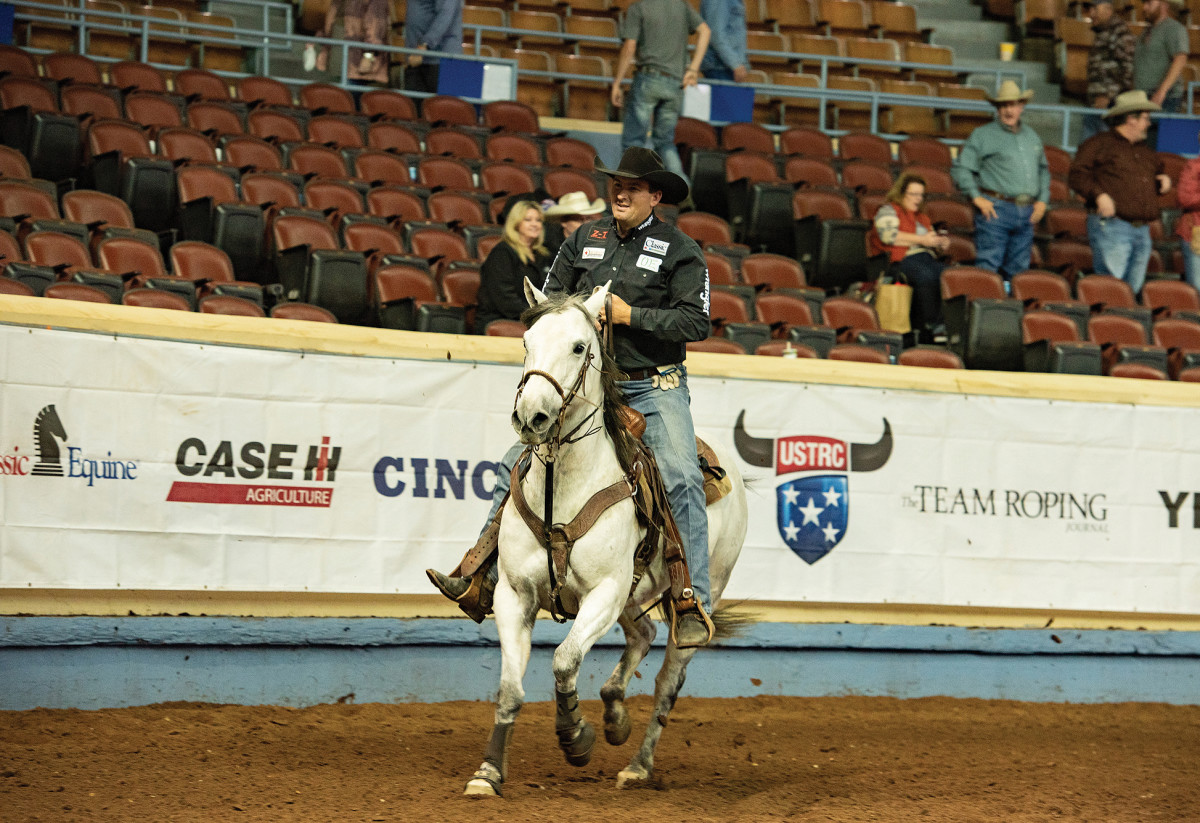
My little grey horse—the one I won the USTRC’s #16 Case IH Tractor riding—is just 14.3 hands, stocky and stout-made. I have figured out that on a World Series barrier, he is a foot to 1.5 feet farther away from the eye that’s in front of the head horse because of how short-bodied he is. In turn, I can leave off the back of the box sooner than a guy riding a big, long-bodied horse. I can still get out the barrier while getting my momentum rolling sooner than ropers on bigger horses.
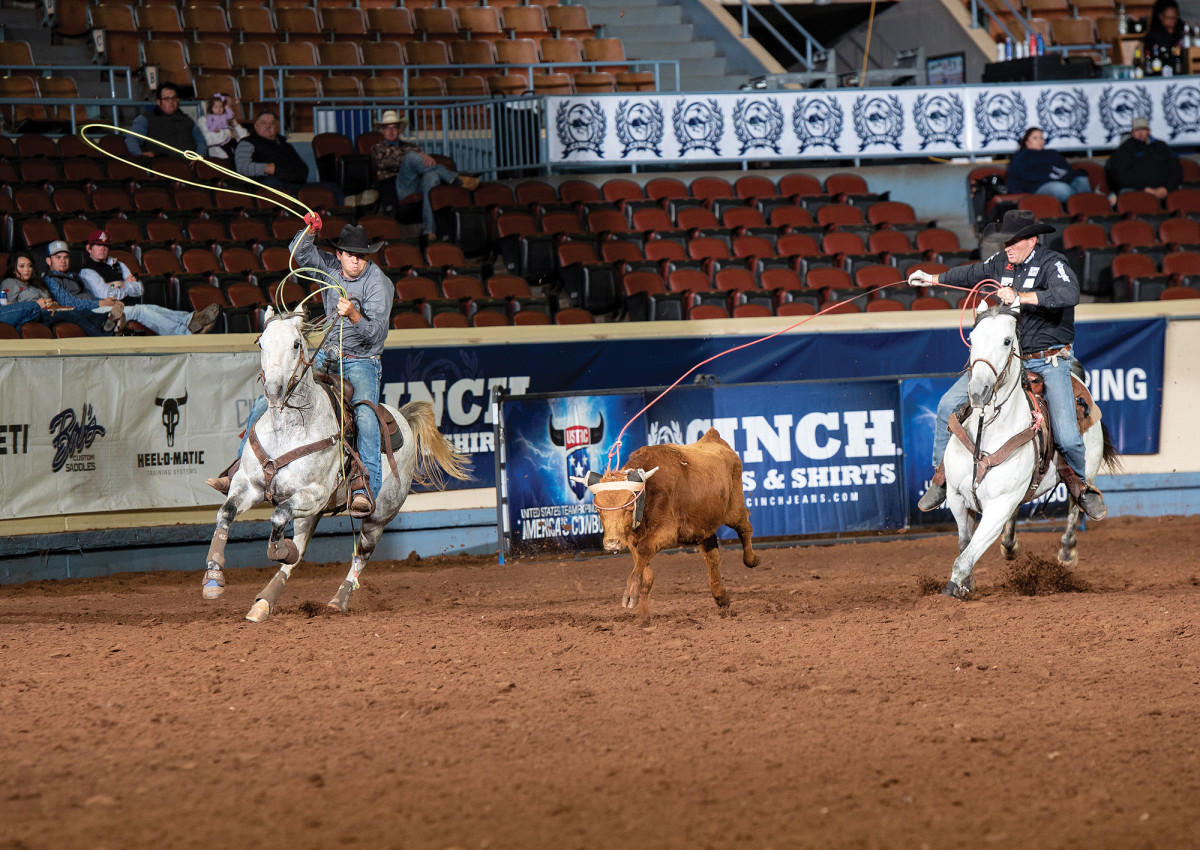
When you’re looking for a smaller head horse, you have to find one with a lot of try and one with good bone. It won’t do you any good to ride a little, thin-made horse. They’re taking more of a jerk than the bigger horses, pound for pound, when they handle a steer, so you’ve got to make sure they’ve got the bone and the muscle to handle it. Take JoJo LeMond’s Bull or Clay Tryan’s Dew. Those are some great horses that weren’t huge, but you didn’t realize it because they were so stout made.
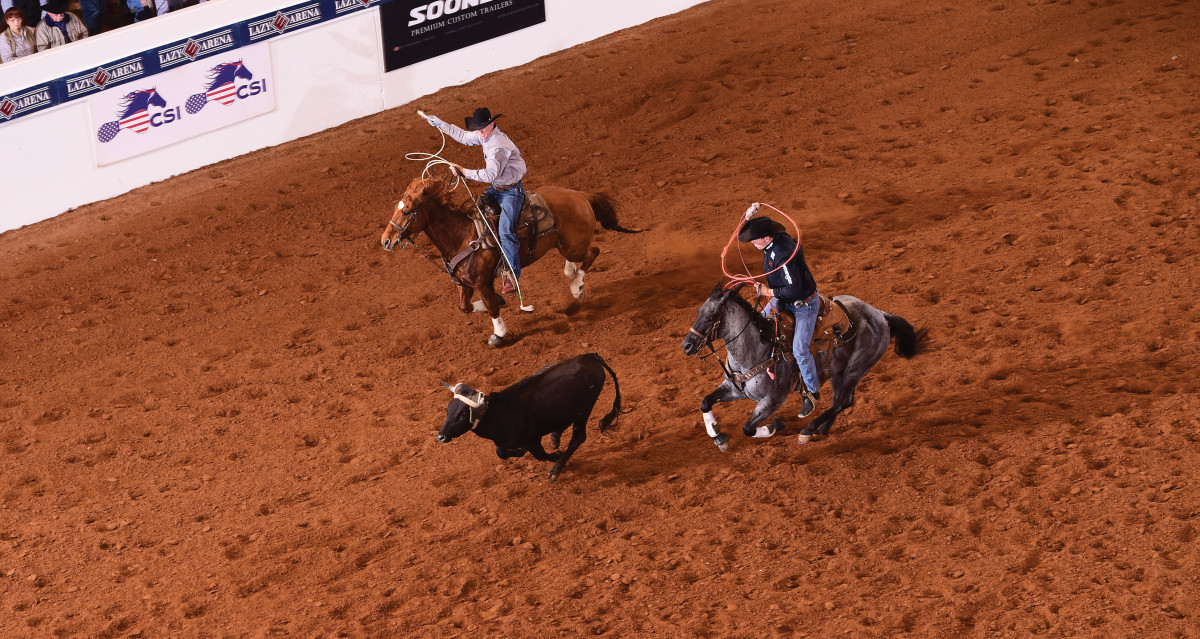
The cattle in most of the upper-numbered World Series and USTRC ropings typically are smaller and fresher, so your smaller head horses shouldn’t have too much trouble handling them. But big or small cattle, the key to a good handle on a smaller head horse is making sure he’s broke enough to get on his butt and drag that left leg. Your horse needs to be broke enough to do that, with a solid foundation and ability to use each part of his body. And with most of these smaller head horses, they get that way in part by heeling on them.
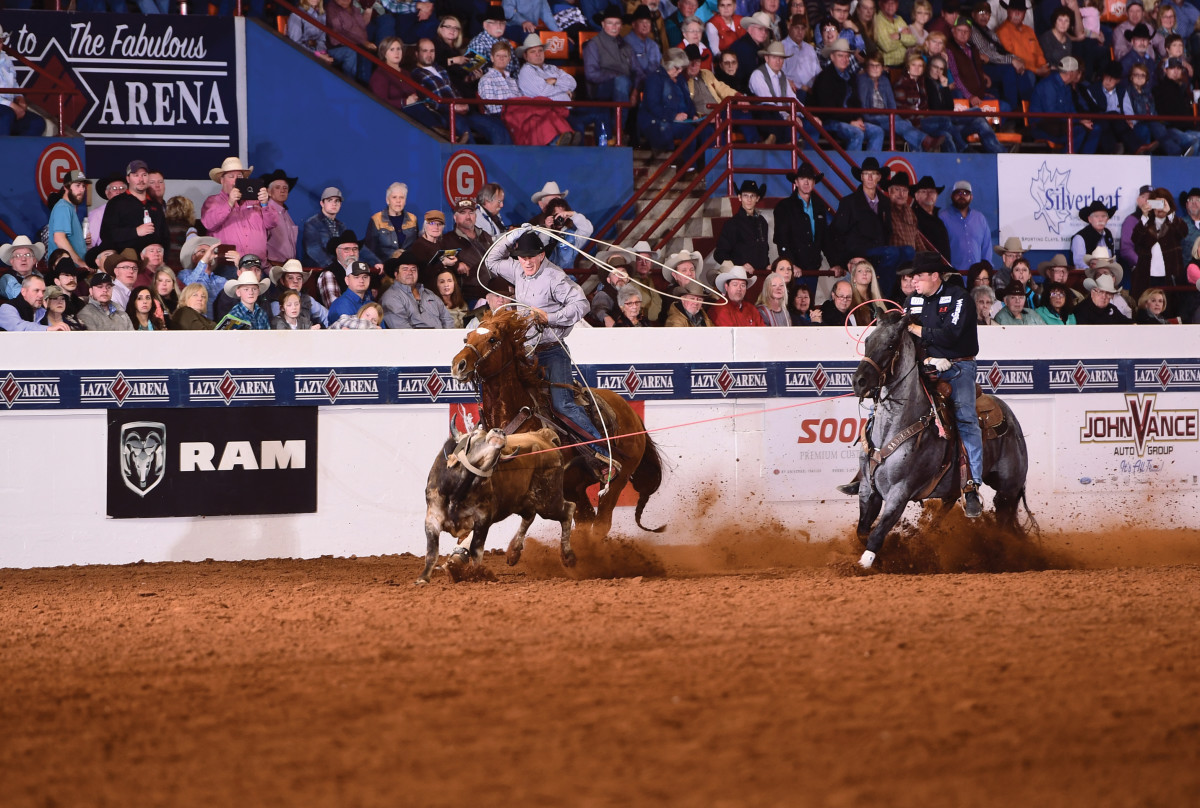
Most of the head horses we train, we start as heel horses so they get on their butts and take a jerk. If you go straight to heading on them, they can get on their front ends turning off on those steers. I want to heel on them first because it gets them dragging that back leg. That’s how you get them stronger right there. You heel enough on them that they get on their butt, and then you can swap them over to heading. They take the weight of those steers better if you’ve heeled and dallied quite a bit.
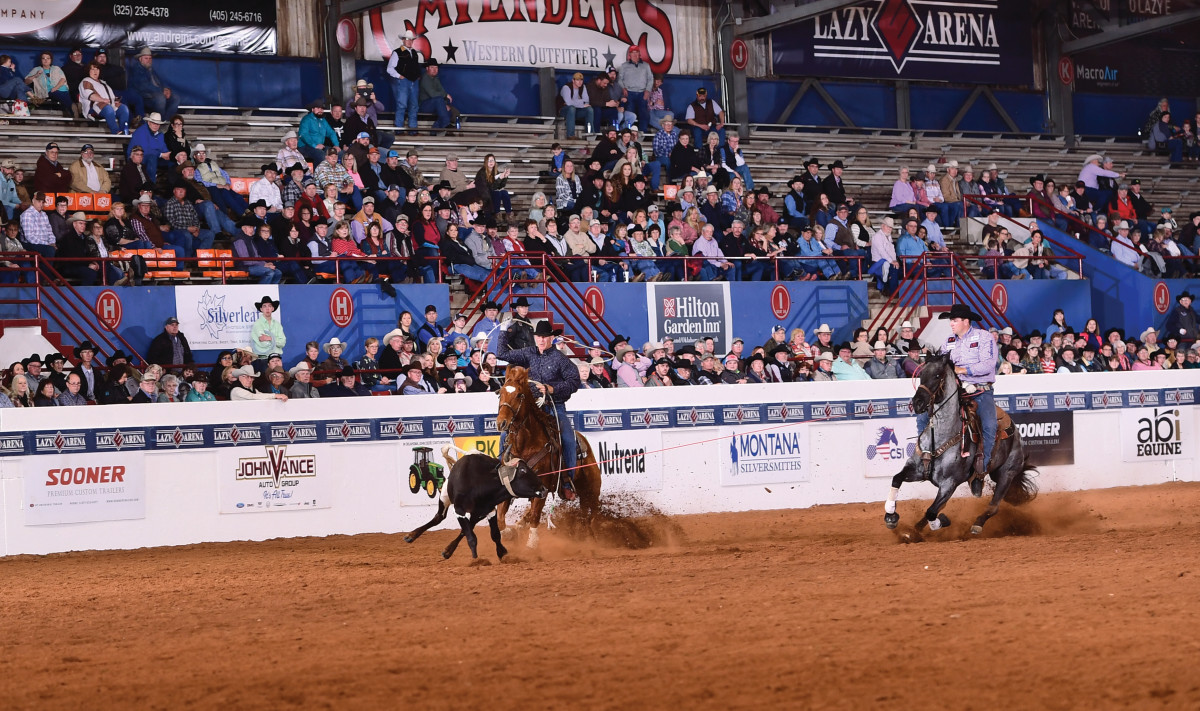
Going across the pen on smaller horses, you want to keep them moving forward just like you would a bigger horse. You have to focus on that more with smaller horses, though. They may want to get to dropping to get the advantage on the steer instead of sidepassing out of there. On a smaller horse, you’ve got to be more conscious of pushing him up and across the pen.
[Read More: Bruce and Jantzen Win Case IH #16 Championships at the USTRC’s Cinch National Finals of Team Roping]











